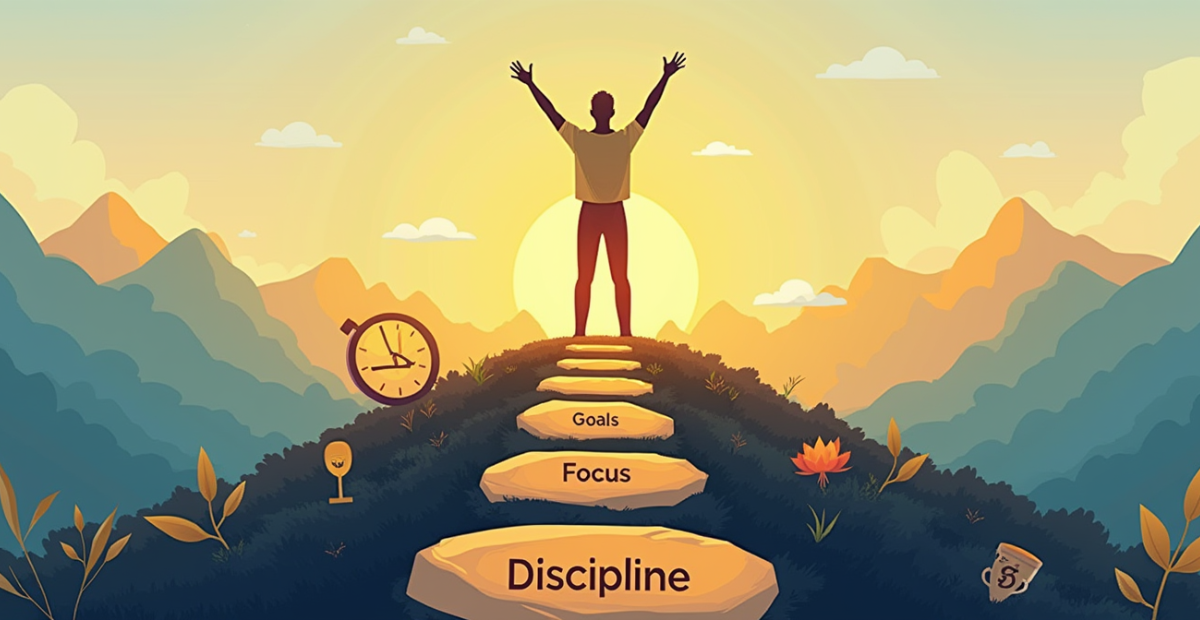Goal Setting Secrets: 7 Proven Steps to Achieve Anything Faster
Have you ever set a goal, only to find yourself struggling to stay on track? Whether it’s personal growth, career advancement, or fitness aspirations, effective goal setting is the key to achieving success faster. Yet, many people fail to reach their goals because they lack a strategic approach.
In this article, we’ll uncover goal setting secrets and provide 7 proven steps to help you achieve anything faster. By implementing these strategies, you’ll stay motivated, overcome obstacles, and see real progress.
Table of Contents
1. Define Clear and Specific Goals
Vague goals lead to vague results. Instead of saying, “I want to be healthier,” define your goal clearly:
✅ “I will lose 10 pounds in three months by exercising four times a week and eating a balanced diet.”
The SMART Goal Framework
Setting SMART goals ensures clarity and increases the likelihood of success. The SMART framework consists of five key elements:
- Specific – Clearly define what you want to achieve. Instead of a vague goal like “I want to get in shape,” be precise: “I will go to the gym three times a week and follow a structured workout plan to build muscle and increase stamina.”
- Measurable – Determine how you will track progress. For example, rather than saying “I want to read more,” a measurable goal would be “I will read one book per month.” This makes it easy to monitor progress and stay accountable.
- Achievable – Your goal should challenge you but still be realistic. If your goal is too ambitious, such as “I will lose 50 pounds in one month,” it may lead to frustration and burnout. Instead, break it down: “I will lose one to two pounds per week through exercise and healthy eating.”
- Relevant – Ask yourself why this goal matters to you. It should align with your long-term vision and personal values. For instance, rather than setting a goal like “I want to learn a new language,” consider “I will learn Spanish so I can communicate better with my international colleagues and expand my career opportunities.”
- Time-bound – A goal without a deadline can easily be pushed aside. Set a specific timeframe to create a sense of urgency. Instead of saying “I want to get better at public speaking,” try “I will join a public speaking course and deliver three presentations within the next three months.”

2. Break Goals into Actionable Steps
Big goals can feel overwhelming. Breaking them down into smaller step-by-step goal frameworks makes them manageable.
Example:
If your goal is to write a book in a year, your steps could be:
- Outline the book in the first month.
- Write one chapter per month.
- Edit and revise in the final three months.
Each small step brings you closer to the big achievement.

3. Create an Effective Goal Planning System
Planning helps you stay focused and organized. Use these techniques:
- Journaling: Write down your goals daily.
- Goal Tracker Apps: Tools like Trello or Todoist keep you accountable.
- Calendaring: Set deadlines and reminders to track progress.
A well-structured plan prevents procrastination and keeps you on course.
4. Develop a Success-Oriented Mindset
Your mindset plays a crucial role in achieving your goals. Develop habits that support success:
- Visualize Your Success: Picture yourself achieving your goal daily.
- Practice Gratitude: Celebrate small wins to stay motivated.
- Overcome Limiting Beliefs: Replace negative thoughts with empowering affirmations.
A positive mindset keeps you driven even during setbacks.
5. Stay Accountable and Track Progress
Holding yourself accountable significantly increases success rates. Consider these options:
- Accountability Partners: Share goals with a friend or mentor.
- Public Commitment: Announce your goal on social media.
- Self-Check-ins: Review progress weekly to stay on track.
Tracking your journey helps identify areas for improvement and maintain motivation.
6. Overcome Obstacles and Stay Flexible
Challenges are inevitable, but overcoming them is part of the journey. Follow these strategies:
- Identify Potential Barriers: Recognize challenges in advance.
- Develop Contingency Plans: Have backup strategies ready.
- Stay Flexible: Adapt your plan without losing sight of your goal.
Persistence is key to achieving long-term success.
7. Reward Yourself for Achievements
Celebrating milestones keeps you motivated. Ways to reward yourself:
- Small Rewards: Enjoy a treat or break after hitting a milestone.
- Big Rewards: Plan a trip or special event after achieving a major goal.
- Self-Reflection: Acknowledge your growth and progress.
Positive reinforcement makes the journey enjoyable and sustainable.
Conclusion
Effective goal setting strategies turn dreams into reality. By implementing these 7 proven steps, you’ll set clear goals, create action plans, develop a success mindset, and stay accountable.
Which of these strategies do you find most helpful? Share your thoughts in the comments below, and don’t forget to explore more self-development insights on FlourishBoard.
Start setting and achieving your goals today!
Any other feedback or suggestions?
There are no reviews yet. Be the first one to write one.







